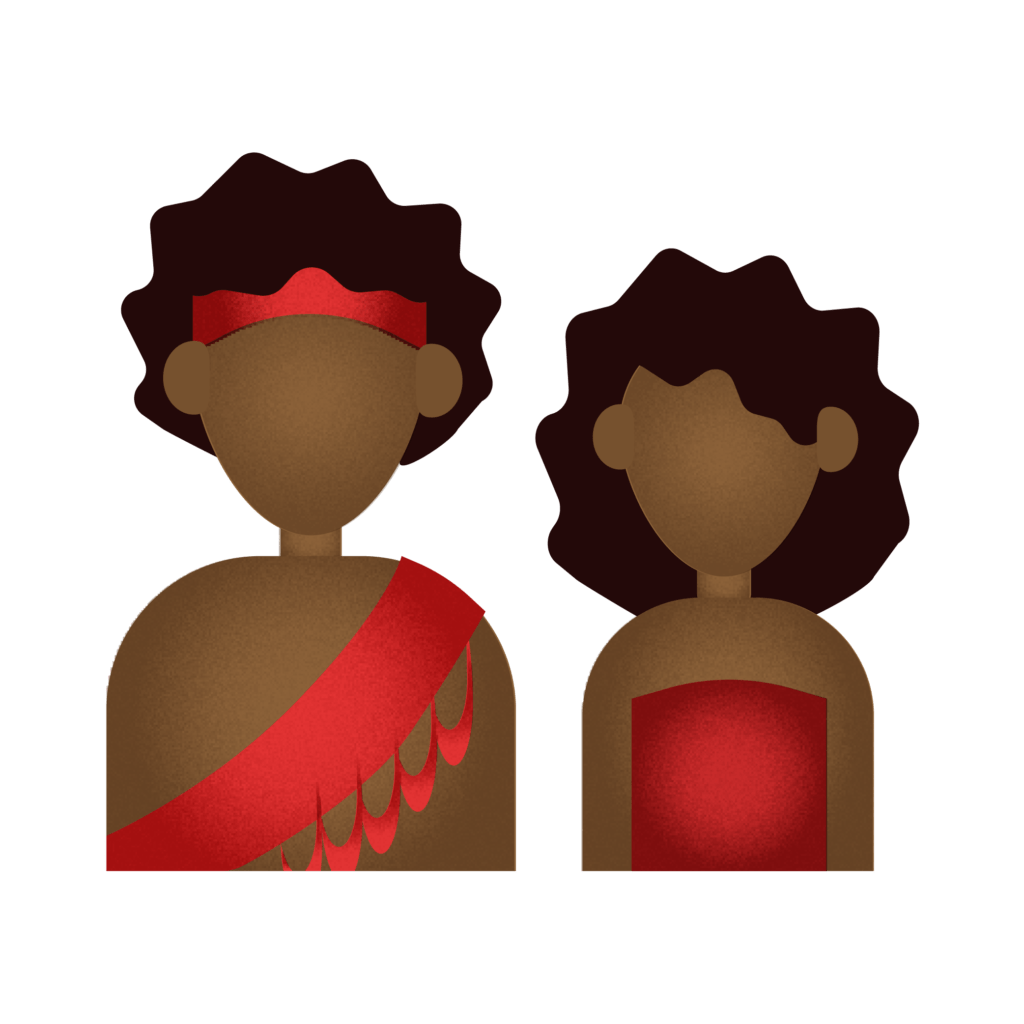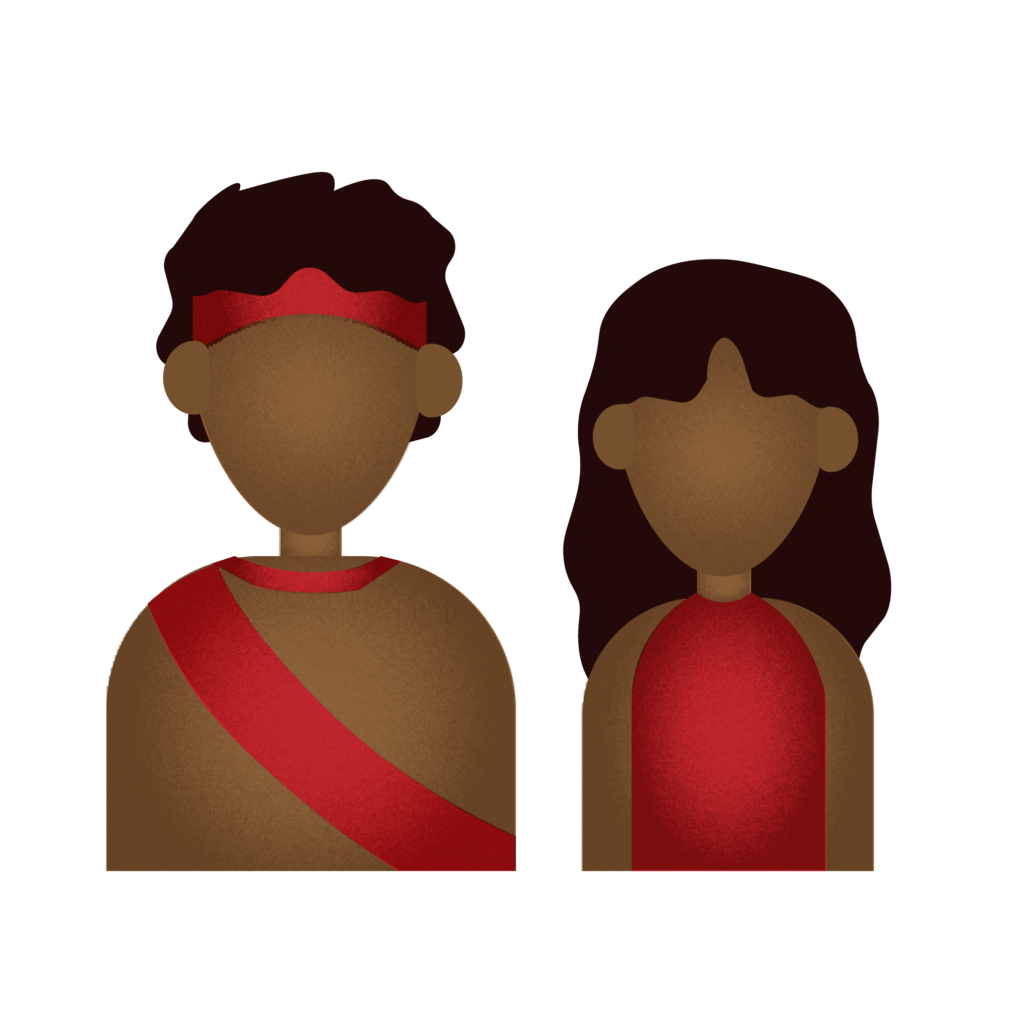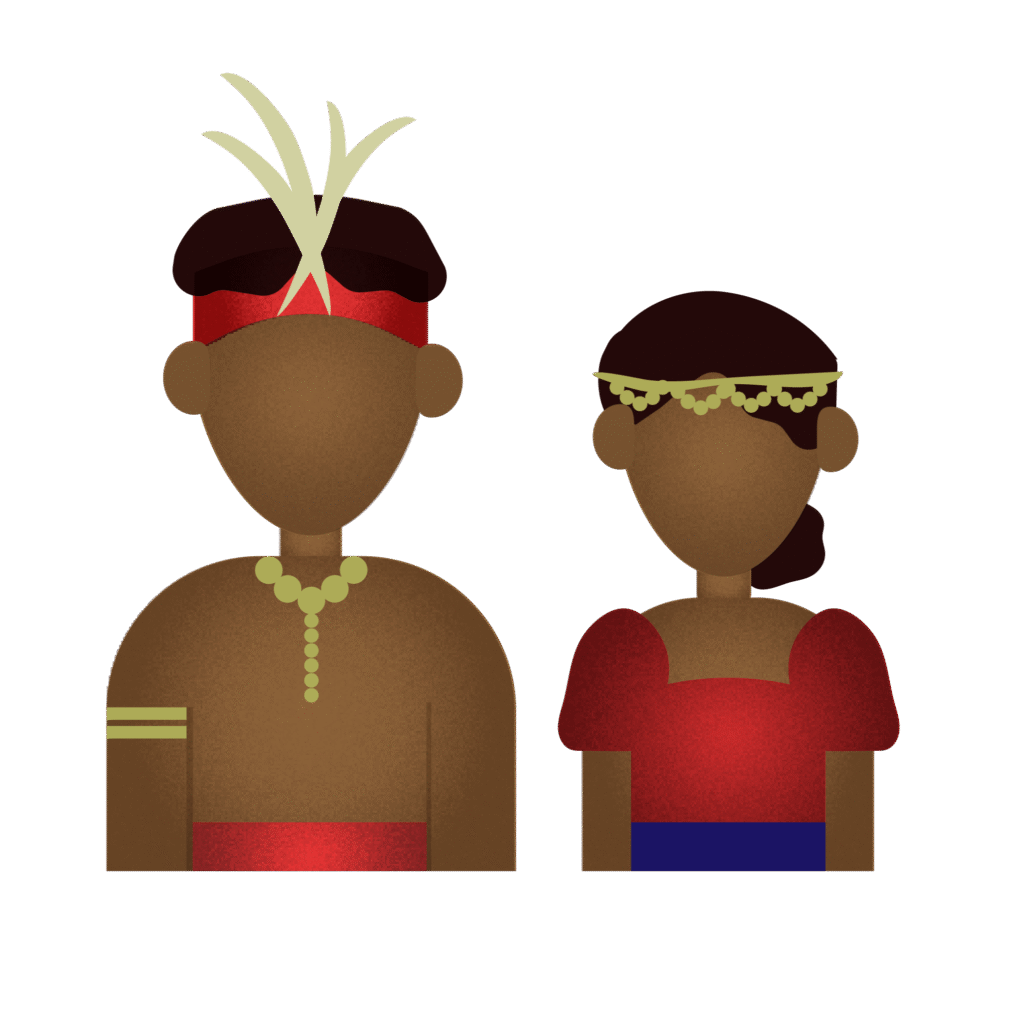HISTORY
Its history spans geological time, ancient human settlements, and its role in modern environmental and conservation efforts. Beside is a timeline of key events and developments related to the Sierra Madre Mountain Range:
1970s-1990s
- Rampant Commercial Logging
- Large-scale commercial logging became rampant in the Northern Sierra Madre after the Pan-Philippine Highway’s construction in 1965.
1979
- Creation of Palanan Wilderness Area
- Through the Presidential Letter of Instruction No. 917, all forestlands within a 45 km radius of Palanan Point were given protection from commercial exploitation. The Palanan Palanan Wilderness Area later formed part of the NSMNP, which was established 22 years later.
1991
- Passing of National Logging Ban
- DENR Administrative Order (DAO) No. 24 prohibited logging old-growth forests nationally to shift the industry to second- growth or residual forests.
1992
- Passing of NIPAS Act (RA 7586)
- The National Integrated Protected Areas System (NIPAS) Act established the national system for conserving protected areas in the Philippines.
1993
- Isabela Oriole Rediscovery
- The Isabela Oriole (Oriolus isabellae), a rare and critically endangered species, was rediscovered after being presumed extinct for around 30 years.
- NSMNP Established
- The NSMNP was declared a “Protected Area” under the category of “Natural Park” through Proclamation No. (PN) 978.
2003
Founding of Mabuwaya Foundation
- The Mabuwaya Foundation was established to save the endemic freshwater Philippine crocodile (Crocodylus mindorensis) and saltwater crocodiles (Crocodylus porosus), which were nearly extinct.
2012
Save Sierra Madre
- The 26th day of September of every year was declared as Save Sierra Madre Day through Presidential Proclamation No. 413.
Deforestation
Illegal logging and land conversion for agriculture have led to significant loss of forest cover, endangering countless species and disrupting ecological balance.
1979
- Creation of Palanan Wilderness Area
- Through the Presidential Letter of Instruction No. 917, all forestlands within a 45 km radius of Palanan Point were given protection from commercial exploitation. The Palanan Palanan Wilderness Area later formed part of the NSMNP, which was established 22 years later.
1991
- Passing of National Logging Ban
- DENR Administrative Order (DAO) No. 24 prohibited logging old-growth forests nationally to shift the industry to second- growth or residual forests.
1992
- Passing of NIPAS Act (RA 7586)
- The National Integrated Protected Areas System (NIPAS) Act established the national system for conserving protected areas in the Philippines.
1993
- Isabela Oriole Rediscovery
- The Isabela Oriole (Oriolus isabellae), a rare and critically endangered species, was rediscovered after being presumed extinct for around 30 years.
- NSMNP Established
- The NSMNP was declared a “Protected Area” under the category of “Natural Park” through Proclamation No. (PN) 978.
2003
Founding of Mabuwaya Foundation
- The Mabuwaya Foundation was established to save the endemic freshwater Philippine crocodile (Crocodylus mindorensis) and saltwater crocodiles (Crocodylus porosus), which were nearly extinct.
2012
Save Sierra Madre
- The 26th day of September of every year was declared as Save Sierra Madre Day through Presidential Proclamation No. 413.
CULTURE
The Sierra Madre mountain range is home to several indigenous tribes, notably the Dumagat, Remontado, and Agta. Each of these communities possesses a unique cultural heritage, deeply intertwined with the natural environment, and has played a significant role in environmental preservation through their sustainable practices and traditions.

Dumagat Tribe
Origins and Lifestyle
The Dumagat people, whose name is derived from “dagat” meaning “sea,” traditionally inhabited coastal areas before migrating inland to the Sierra Madre. Their semi-nomadic lifestyle revolves around hunting, fishing, and swidden agriculture, cultivating crops like root vegetables and bananas. This harmonious relationship with nature reflects their deep respect for the environment.
Environmental Stewardship
The Dumagat’s intimate knowledge of the forest has positioned them as natural custodians of the Sierra Madre. Their sustainable farming methods and forest management practices have been crucial in maintaining the ecological balance of the region.
Traditions and Beliefs
Their cultural practices are deeply rooted in animism, with rituals and ceremonies that honor the spirits of the forest. This spiritual connection reinforces their commitment to preserving their ancestral lands for future generations.

Remontado Tribe
Historical Background
The term “Remontado” comes from the Spanish “remontar,” meaning “to flee to the mountains.” This group retreated to the Sierra Madre during colonial times to preserve their autonomy and cultural identity.
Agricultural Practices
The Remontados have developed a sophisticated understanding of agriculture, recognizing multiple varieties of crops such as gabi (taro), cassava, sweet potato, bananas, and rice. Their expertise in ecological management is evident in their kaingin (slash-and-burn) system, which involves multi-cropping and allowing periods of fallow to maintain soil fertility.
Medicinal Knowledge
Their extensive knowledge of medicinal plants showcases their deep connection to the environment. They utilize various herbs to treat ailments, reflecting a holistic approach to health that integrates their natural surroundings.

Agta Tribe
Lifestyle and Adaptation
The Agta ,also known as the Dumagat-Remontado, are among the earliest inhabitants of the Sierra Madre, with a history spanning over 35,000 years . Traditionally, they practiced hunter-gatherer and swidden (slash-and-burn) lifestyles, resourcefully subsisting on hunting, fishing, gathering forest products, and trading with neighboring communities.
Environmental Contributions
As nomadic hunter-gatherers, the Agta have minimal ecological footprints. Their traditional practices contribute to biodiversity conservation, as they hunt sustainably and gather forest products without depleting resources.
Social Structure and Traditions
Agta society is egalitarian, with a strong emphasis on communal sharing and decision-making. Their traditions, including storytelling, music, and dance, are integral to their cultural identity and serve to pass down ecological knowledge through generations.

Bugkalot Tribe
Lifestyle and Adaptation
The Bugkalot, also known as the Ilongot, are an indigenous people of the southern Sierra Madre, primarily found in Nueva Vizcaya, Quirino, Nueva Ecija, and Aurora. Rooted deeply in animism, they honor spirits imbuing the natural world, from rivers and forests to ancestral beings, through rituals led by shamans called mumbaki.
Environmental Contributions
Bugkalot women are guardians of traditional agriculture. Using a decorated planting tool called the patek, they sow heirloom rice varieties and manage seed selection, preserving over 30 ancestral rice types through communal knowledge and sustainable farming methods. Men contribute by building agang, communal seed storage structures, ensuring food security for generations
Social Structure and Traditions
Rooted in animism, the Bugkalot honor spirits in natural elements: rivers (pi-ngit), forests (igongot), fields (ioma), and earth (idegin), through rituals, offerings, and prayers led by shamans (mumbaki), especially during hunting and agricultural cycles.
Collective Contributions to Environmental Preservation
- Sustainable Resource Management: Their traditional practices ensure the sustainable use of forest resources, maintaining biodiversity and ecological balance.
- Cultural Practices: Rituals and customs that honor nature reinforce their role as stewards of the environment.
- Resistance to Development Projects: These communities have actively opposed projects that threaten their ancestral lands and the ecological integrity of the Sierra Madre, such as large-scale dam constructions.
linguistics.upd.edu.ph
Their enduring traditions and sustainable ways of life offer valuable insights into harmonious coexistence with nature, underscoring the importance of preserving both their cultural heritage and the environment.
References
-
Afuang, & Lois, D. (n.d.). The Northern Sierra Madre Natural Park. Mabuwaya Foundation, Inc.
- Araño, R. R., & Persoon, G. A. (1998). Action Research for Community-Based Resource Management and Development: The Case of the Northern Sierra Madre Natural Park Conservation Project, Northeastern Philippines. Tropenbos International. https://www.tropenbos.org/resources/publications/action+research+for+community-based+resource+management+and+deveklopment:+the+case+of+the+northern+sierra+madre+natural+park+conservation+project,+northeastern+philippines
-
Bugayong, L. A. (2006). Effectiveness of Logging Ban Policies in Protecting the Remaining Natural Forests of the Philippines. In Paper Presented at the 2006 Berlin Conference on Human Dimensions of Global Environmental Change – Resource Policies: Effectiveness, Efficiency, and Equity. https://userpage.fu-berlin.de/~ffu/akumwelt/bc2006/papers/Bugayong_06BerlinConference.pdf
-
Clapano, J. R. (2004, December 5). Commercial logging banned. Philstar. https://www.philstar.com/headlines/2004/12/05/267011/commercial-logging-banned
-
Gamauf, A., & Tebbich, S. (1996). Re-discovery of the Isabela Oriole (Oriolus isabellae). Forktail, 11. https://static1.squarespace.com/static/5c1a9e03f407b482a158da87/t/5c1fb6da4d7a9c2baf3f7b9d/1545582298333/Gam-aud-IsabelaOriole.pdf
-
National Commission for Culture and the Arts. (2015, June 2). The Remontados of the Sierra Madre Mountains – National Commission for Culture and the Arts. https://ncca.gov.ph/about-ncca-3/subcommissions/subcommission-on-cultural-communities-and-traditional-arts-sccta/northern-cultural-communities/the-remontados-of-the-sierra-madre-mountains/
-
Persoon, G., Masipiqueña, A., Van Der Ploeg, J., Masipiqueña, & Van Weerd, M. (2009). Crossing Boundaries : celebrating 20 years of environmental research in Cagayan Valley and Sierra Madre. https://scholarlypublications.universiteitleiden.nl/access/item%3A2867551/view


Nice!